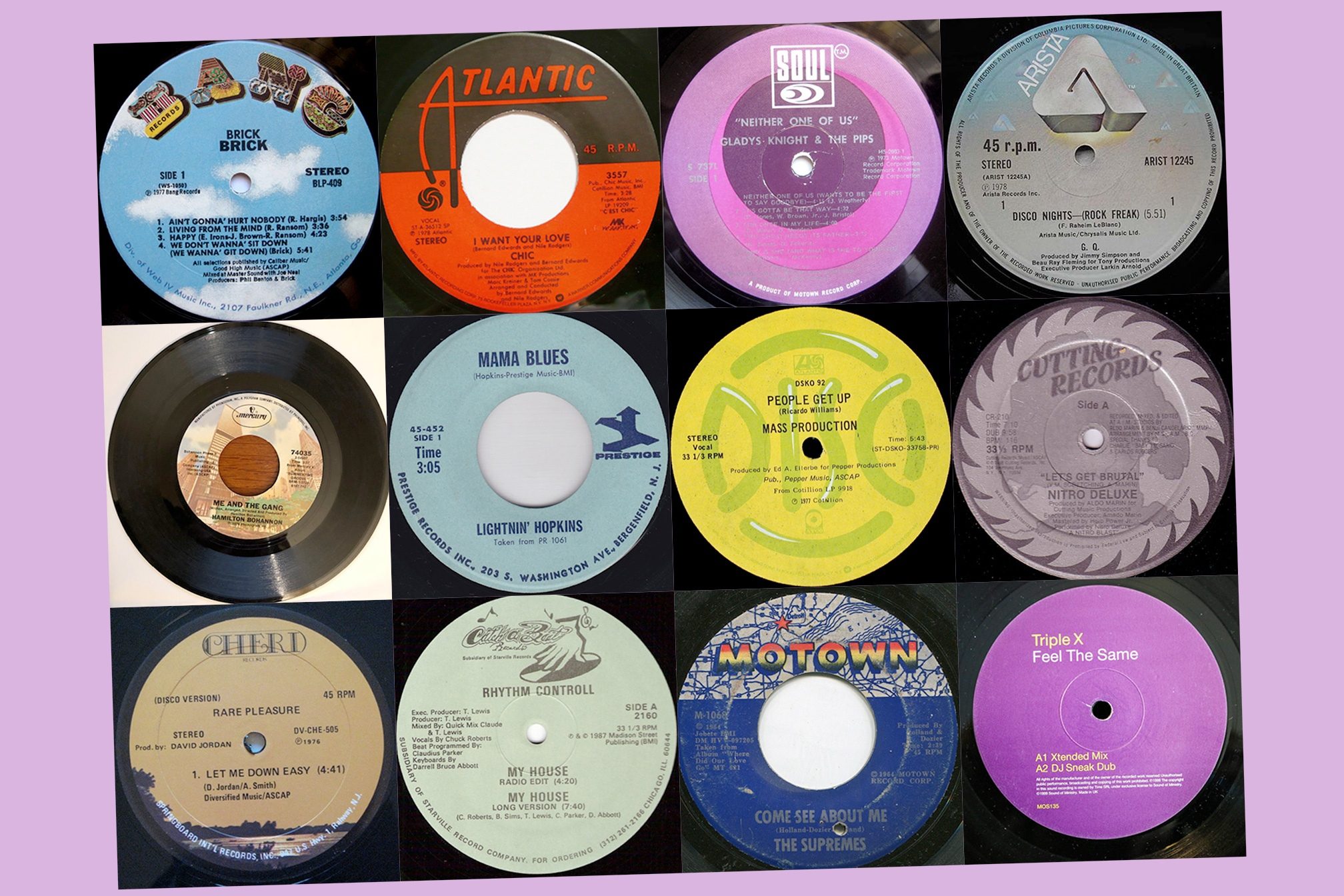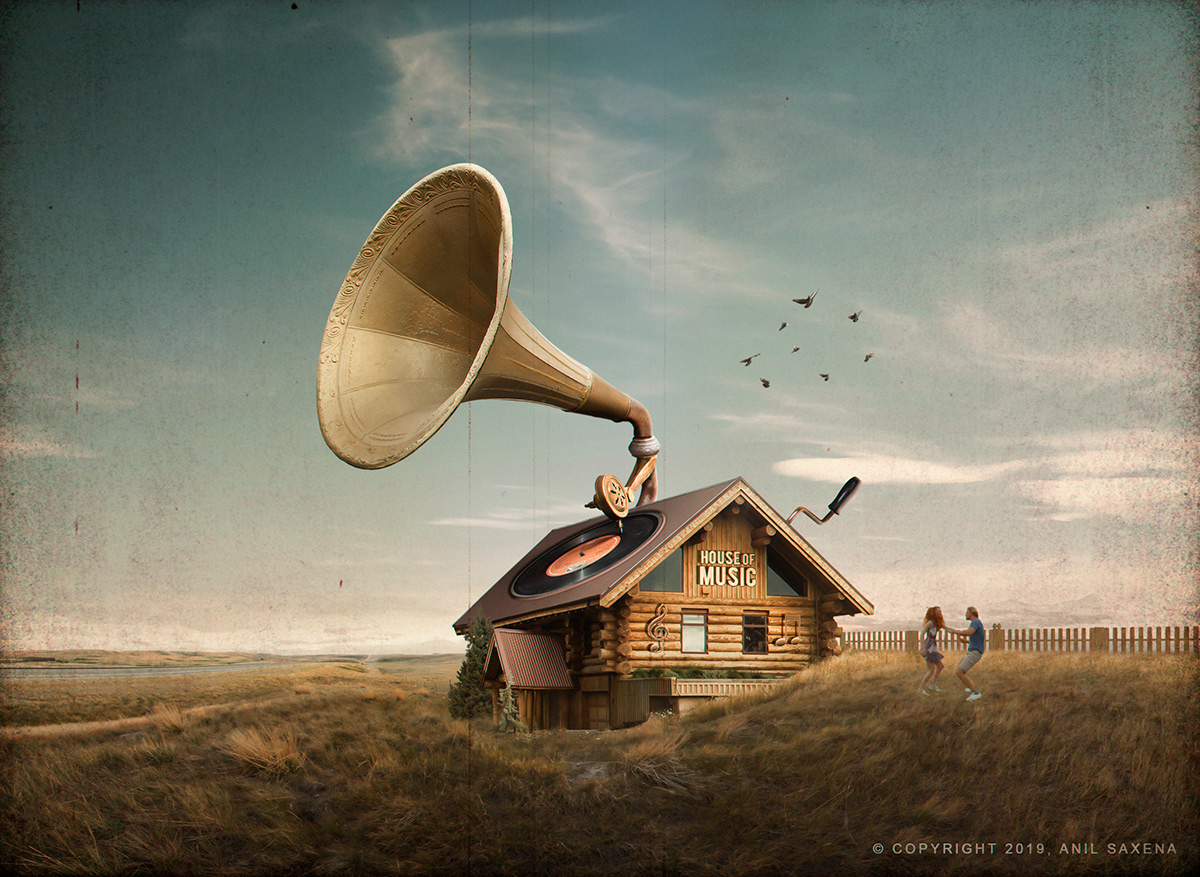Table Of Content

Increased access to music technology also continued to drive the conception of new music styles. We also heard defining characteristics such as tempo, deeper basslines, arpeggios, arrangement, the style of vocals, recognizable sounds from drum machines and synths, and more. It was also during this time, iconic drum machines like Roland’s TR-808, TR-909, and later the TB 303 gained popularity. Following the bacchanalian spirit of acid house, some preferred manic music designed for large one-time-only raves (all-night parties in warehouses or fields).
Progressive House Music Guide
The song topped the UK Singles Chart for eight weeks, making it both artists’ longest-running number-one single in the country. Farley ‘Jackmaster’ Funk, who was living with Hurley at the time, collaborated with producer Jesse Saunders to create his version after hearing Steve Hurley’s version. The song is written in a 4-4 time signature, with a 2-4 measure in the chorus. It has the most dominant house piano chord progression, while the lyrics emphasize the ecstasy and physicality of losing oneself in dance. Outside of Jefferson’s involvement, the song includes an uncredited vocal performance from his friend Curtis McClain.
Guide to House Music in San Diego - LaJolla.com
Guide to House Music in San Diego.
Posted: Tue, 09 Apr 2024 18:22:56 GMT [source]
House Music: A Genre Becomes a Movement
Or maybe you’re new to house music and want to take a deep dive into this iconic genre with a rich history. While they don’t get nearly as much radio time as they did back in the late 2000s and early 2010s, they certainly have left an impact on the music scene and continue to innovate within their sound. Sounds or artists might change year to year, house music keeps on chugging and will have its fans moving their bodies for decades to come.
Jesse Saunders: ‘House music offered a safe space for Black and gay people’
Bass house is another sub-genre of house music that had a faster tempo than the other sub-genres. He often played music with a unique and distinct beat, mixed with disco, and blended in with futuristic sounds. It was the first genre of music to incorporate electronic synths and drum machines. The earliest type of house music developed during the 1980s when people frequented nightclubs every night. From its roots in the clubs of Chicago in the 1980s to its current status as a global phenomenon, House music has continued to evolve and influence other genres of music.
Interested in Making Electronic Music?
This song is a classic example of Chicago house, which is the original house music style created and pioneered by Chicago DJs in the early 1980s. It’s worth noting that instead of bringing in other musicians, house music producers typically rely on samples and sampled instruments. Juan Atkins, the father of Detroit techno, claims the term “house” reflected the association of specific tracks with specific clubs and DJs, who considered their “house” records. House music has remained popular on the radio and in clubs while also maintaining a presence in underground scenes around the world. They began developing a new type of electronic dance music in the mid-1980s, centered on The Belleville Three, Juan Atkins, Kevin Saunderson, and Derrick May.
The Second Epicenter: Larry Levan and Paradise Garage
House music was born in black, gay nightclubs and served as an outlet for marginalized communities at a time where they faced constant persecution. And to this day, the House community is a safe space for people of all genders, races, ethnicities, and religious beliefs. It was built on the foundation of PLUR (peace, love, unity, and respect), and the scene continues to promote diversity & equality for all.

Interestingly enough it was also the first official house track that used a piano. Kerri Chandler was born in New Jersey in 1969 and is living proof that the edges of deep house don't just have to be sharp in Chicago. He was particularly influenced by the music from the New York underground, creating hymns such as Rain and Mommy What's A Record. Accordingly, house is the sound that was played in the Warehouse, particularly during Frankie Knuckles' sets. However, some witnesses to the scene in no way attest to this version of events.
And while you may be familiar with the sound & scene now, we’re going to take you back to the roots and show you just how far the genre has come. Since its inception, it has managed to conquer the world at least once, if not more times, and left behind a plethora of fans and sub-genres in its wake. Don’t miss our detailed articles on What Is Techno Music, What Is Trap Music, and What is Otacore Music for more information on Electronic music styles and genres. Of all the sub-genres, what later became known as Chicago House is the closest to the original House sound. There are Soul, Funk, and Disco influences combined with a strong kick drum.
Acid House and the UK Explosion

They [the songwriters Allen George and Fred McFarlane] asked me to listen to the song again, so I went home, put my kids to sleep and made myself pay attention to the words. Robin S is the vocalist on the early 1990s house anthem Show Me Love, which Beyoncé interpolated on her single Break My Soul. The use of club drugs like MDMA, marijuana, and ketamine was common to help encourage clubgoers to keep dancing and loosen up.
It was initially popularized by DJ Frankie Knuckles, who is often credited with its creation. House music quickly spread to other American cities, such as Detroit and New York, and then to the rest of the world. Since bass isn’t held to the same four counts like drums are, a bass line can weave in and out of the beat, breathing life into the four-on-the-four. While bass gives depth, known as lows, percussion and synthesizers give the track its highs.
Even Underground Resistance began with vocal house, in their still-glorious tracks with singer Yolanda like “Your Time is Up”. But New York had other key elements in the mix — most importantly hip hop and electro culture. Early on, Frankie Bones, Tommie Musto and Lenny Dee (yes, the hard techno/gabber Lenny Dee) trod the boundaries between electro, techno and house, often inspired by gritty warehouse raves. The Nu Groove label focused on deep, tough, mainly instrumental cuts from 1988 on, and a year later Strictly Rhythm was founded, bridging the soulful, deep, tough dubs that made up NYC’s vocabulary. And of course New York and New Jersey’s club scenes continued innovating sonically, as we’ll see later. But these varied elements truly came together in one windy, Midwest American city.

No comments:
Post a Comment